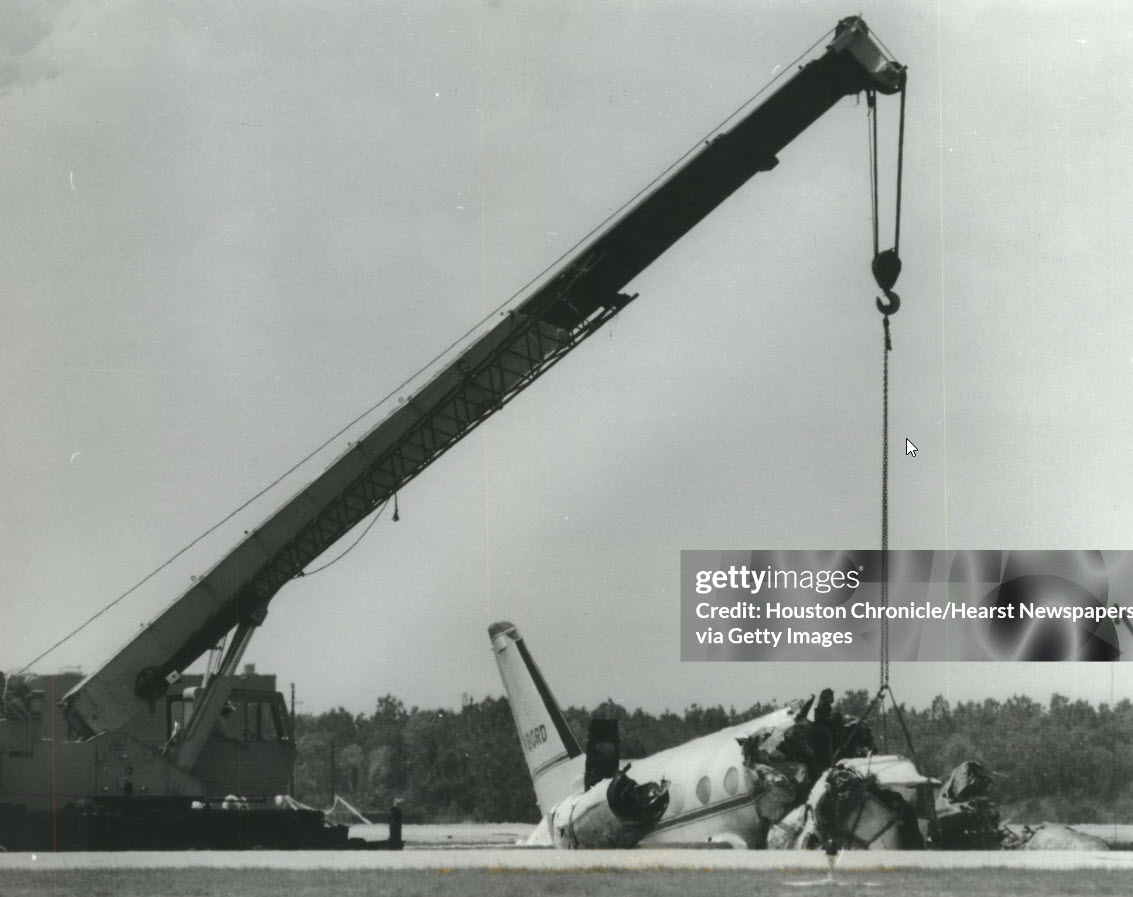Crash of a Morane-Saulnier M.S.760B Paris II in Albuquerque: 2 killed
Date & Time:
Sep 11, 1990 at 0400 LT
Registration:
N23ST
Survivors:
No
Schedule:
Albuquerque – Las Cruces
MSN:
50
YOM:
1959
Crew on board:
1
Crew fatalities:
Pax on board:
1
Pax fatalities:
Other fatalities:
Total fatalities:
2
Captain / Total hours on type:
56.00
Aircraft flight hours:
1108
Circumstances:
The pilot, a heart transplant surgeon, was advised of a donor in Las Cruces, NM. He and a physician's assistant were to fly to Las Cruces, retrieve the donor heart, and return to Albuquerque, where the transplant was to be performed. The pilot obtained a weather briefing (VMC was forecast) and filed an IFR flight plan. He fueled the jet aircraft to capacity and took off into a dark, clear, moonless night towards open, flat terrain with few ground lights. The aircraft crashed seconds later. It impacted the ground in a left wing/nose slightly low attitude at high speed. There was no evidence of preimpact failure/malfunction of the airframe, engines, instruments, or controls. The pilot had been awake for 22 hours with little or no rest. He was not current for night flight. His IFR currency could not be determined. Both occupants were killed.
Probable cause:
Failure of the pilot to maintain a climb after takeoff, due to spatial disorientation. Factors related to the accident were: darkness, pilot fatigue, and the pilot's lack of recent experience in night flying operation.
Final Report:






